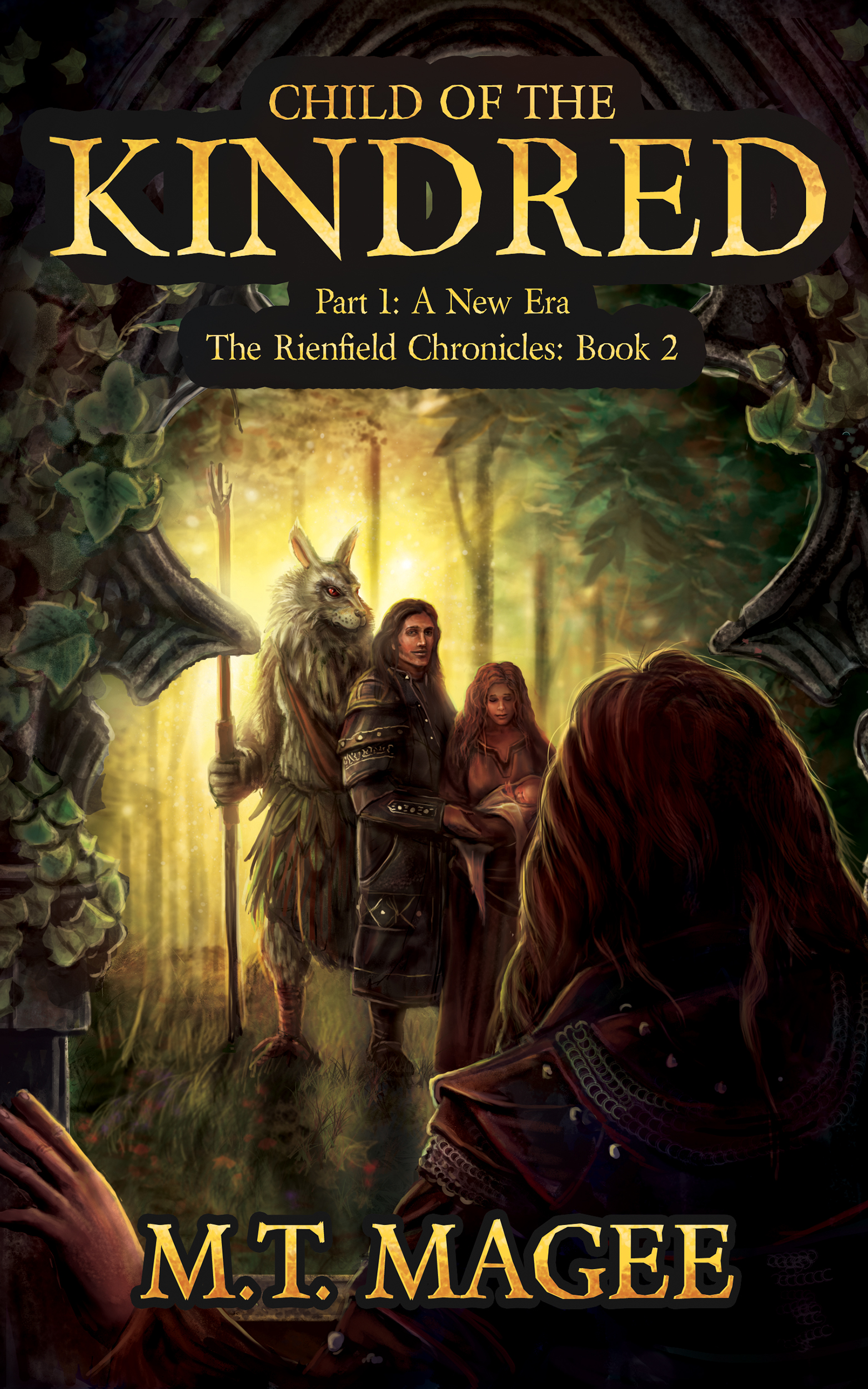Igniting Imagination: The World of Fantasy and Fiction Artists

Ever wonder who breathes life into dragons, conjures fantastical landscapes, or visualizes alien civilizations? It's the work of fantasy and fiction artists, the visual storytellers who transport us to other realms. These imaginative individuals shape our understanding of fictional narratives, providing a window into the impossible and the extraordinary. Their craft extends beyond mere illustration; it's about capturing the essence of a story and translating it into a visual language that resonates with audiences.
Fantasy and fictional art encompasses a vast spectrum of styles, mediums, and genres. From the intricate details of a mythical creature to the sweeping vistas of a magical kingdom, these artists craft worlds that ignite our imaginations. They are the architects of dreams, building visual foundations for narratives that explore the depths of human creativity and the boundless possibilities of fictional worlds. Their work can be found gracing book covers, filling the pages of graphic novels, enriching video games, and inspiring countless forms of media.
The roots of fantastical art are ancient, intertwined with mythology and folklore. Early cave paintings depict fantastical creatures and narratives, demonstrating humanity's enduring fascination with the imaginary. Throughout history, artists have drawn inspiration from legends, epics, and religious texts, shaping the visual language of fantasy and fiction as we know it today. The importance of these artists lies in their ability to make the intangible tangible, to give form to ideas and concepts that exist only in the realm of imagination.
One of the main issues faced by fantasy and fiction artists is the delicate balance between creative freedom and client expectations. Commissioned work often requires artists to interpret someone else's vision while maintaining their artistic integrity. This can sometimes lead to creative conflicts, necessitating clear communication and a collaborative approach. Another challenge is the constantly evolving nature of the industry, with new technologies and artistic trends emerging regularly. Staying relevant and adaptable is crucial for artists seeking to thrive in this dynamic field.
Fantasy art often features imaginary beings like dragons, elves, and mythical creatures. Fiction art, while often encompassing fantastical elements, can also depict realistic scenarios within fictional narratives. For example, a fantasy artist might illustrate a battle between a knight and a dragon, while a fiction artist could depict a scene from a historical fiction novel, portraying characters and settings based on real-world elements, but within a fictional narrative context.
Three key benefits of fantasy and fiction artists are their ability to enhance storytelling, inspire creativity, and provide escapism. By visualizing narratives, they deepen our understanding and engagement with stories. Their artwork sparks imagination in viewers, encouraging them to explore their own creative potential. Furthermore, fantastical and fictional worlds offer a refuge from the mundane, providing an escape into realms of wonder and adventure.
Aspiring fantasy and fiction artists can develop their skills through practice, study, and exploration. Building a strong portfolio showcasing a diverse range of work is essential. Networking with other artists and industry professionals can lead to valuable opportunities. Continuous learning and experimentation with different techniques and mediums are crucial for growth and development.
Advantages and Disadvantages of Working as a Fantasy/Fiction Artist
| Advantages | Disadvantages |
|---|---|
| Creative Fulfillment | Income Instability |
| Flexible Work Arrangements | Competitive Market |
| Potential for High Earnings (for successful artists) | Long Hours/Tight Deadlines |
Five best practices for fantasy and fiction artists include: mastering fundamental art skills, developing a unique style, building a strong online presence, networking with other artists and clients, and continuously seeking feedback and improvement.
Frank Frazetta, Boris Vallejo, and Julie Bell are examples of influential fantasy and fiction artists.
A common challenge is finding consistent work; a solution is building a strong network and marketing oneself effectively. Another challenge is artistic burnout, which can be addressed through taking breaks, seeking inspiration, and diversifying projects.
FAQ: What skills are needed? (Strong drawing and painting skills, imagination, and storytelling ability). What software is used? (Photoshop, Procreate, etc.). How do I get started? (Practice, build a portfolio, and network). What are the career prospects? (Freelance, in-house artist, concept artist, etc.). What are common pricing models? (Hourly rate, project-based fees). How do I find clients? (Online platforms, networking events, social media). How do I handle creative blocks? (Explore different mediums, seek inspiration from other artists, take breaks). How do I protect my artwork? (Copyright registration, watermarking).
Tips for fantasy and fiction artists include: studying anatomy, perspective, and color theory; experimenting with different mediums and styles; and building a strong portfolio that showcases your best work.
In conclusion, fantasy and fiction artists play a crucial role in bringing imaginary worlds to life. They are the visual architects of stories, shaping our understanding of narratives and fueling our imaginations. From ancient myths to contemporary media, these artists have left an indelible mark on human culture. While the field presents certain challenges, the rewards of creative fulfillment and the ability to inspire others make it a truly captivating pursuit. Embracing continuous learning, honing your skills, and nurturing your creativity are essential steps towards success in this dynamic and rewarding field. So, if you have a passion for bringing dreams to life, consider embarking on this journey and contributing your own unique vision to the world of fantasy and fiction art. Take the leap, explore your imagination, and who knows, maybe you'll be the next artist to inspire generations with your captivating creations.
Navigating gs 12 step increases a comprehensive guide
Cozy stays local cheers your guide to bedford pubs with rooms
Duolingo spanish your ticket to taco trucks and telenovelas













